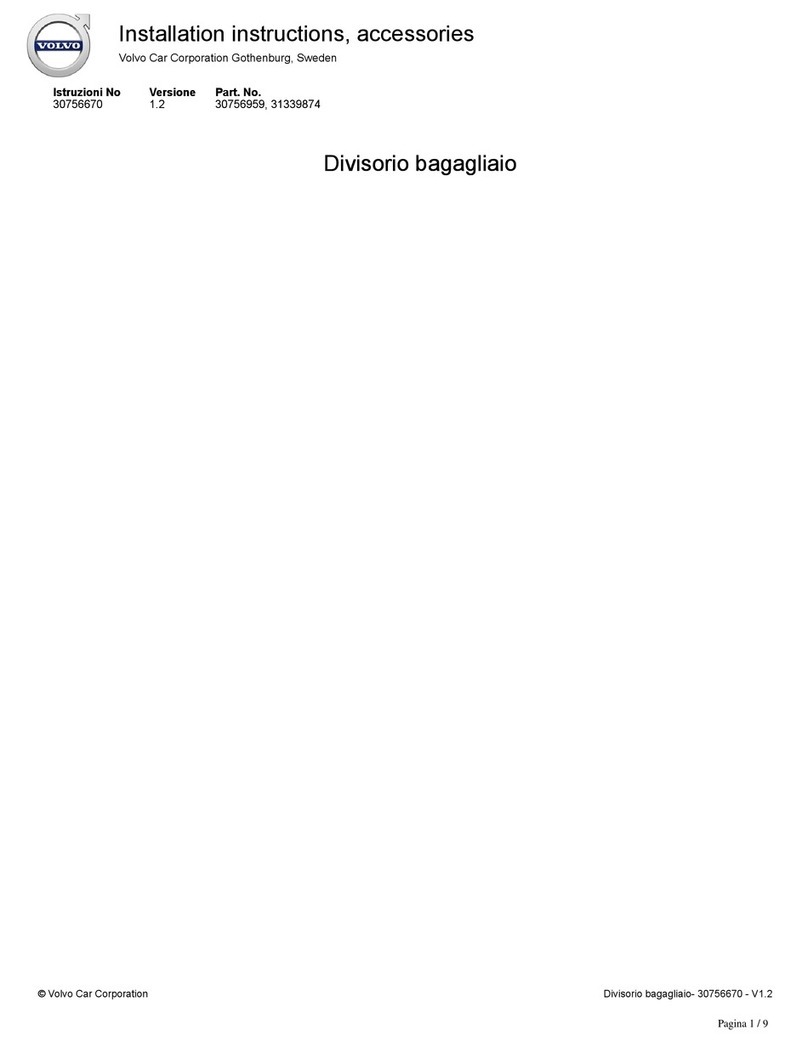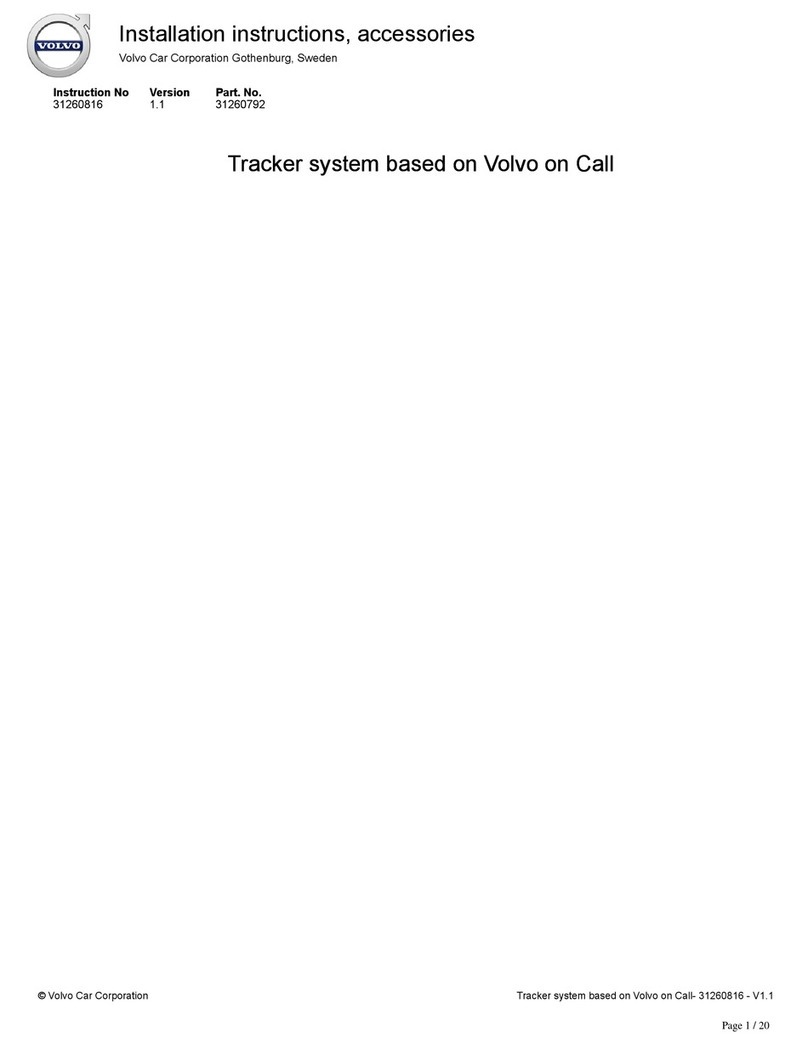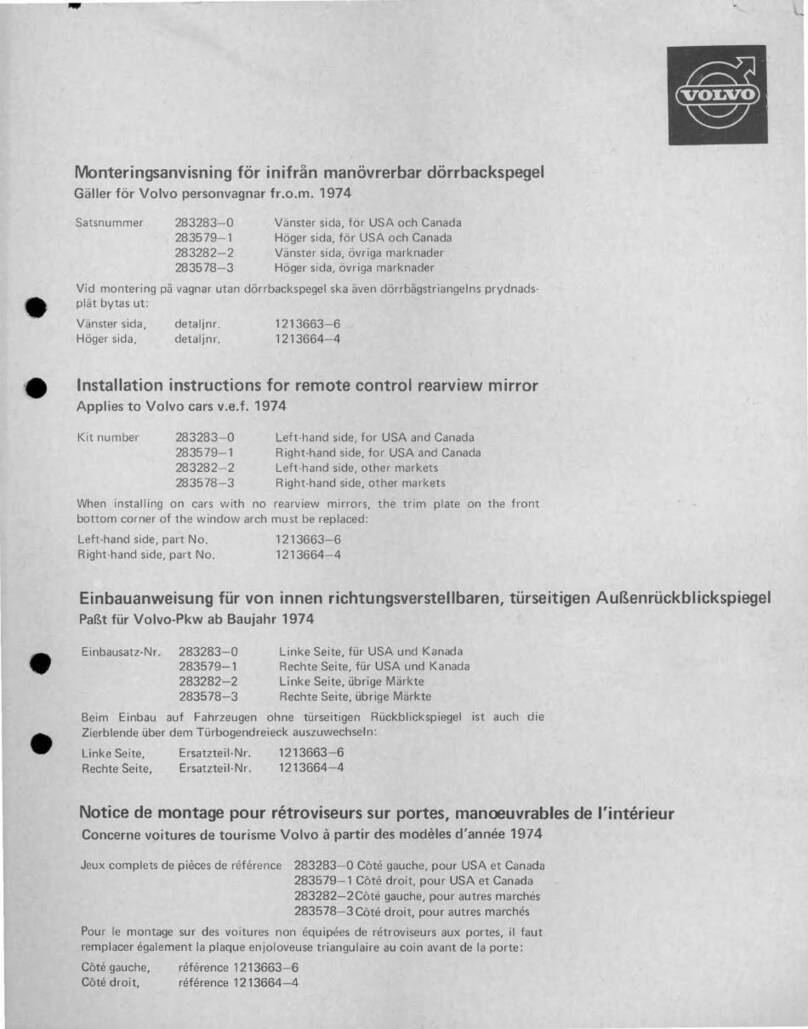Volvo Link System Reference manual
Other Volvo Automobile Accessories manuals

Volvo
Volvo 31414735 User manual
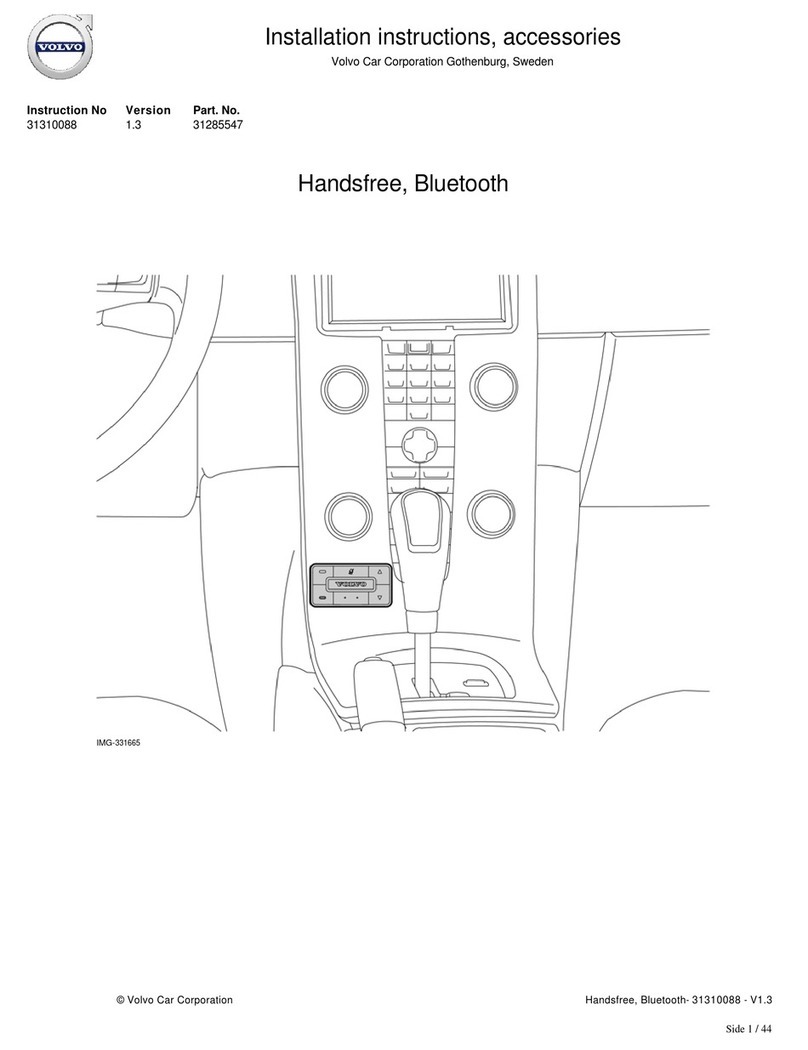
Volvo
Volvo 31285547 User manual

Volvo
Volvo EVSE-VX User manual
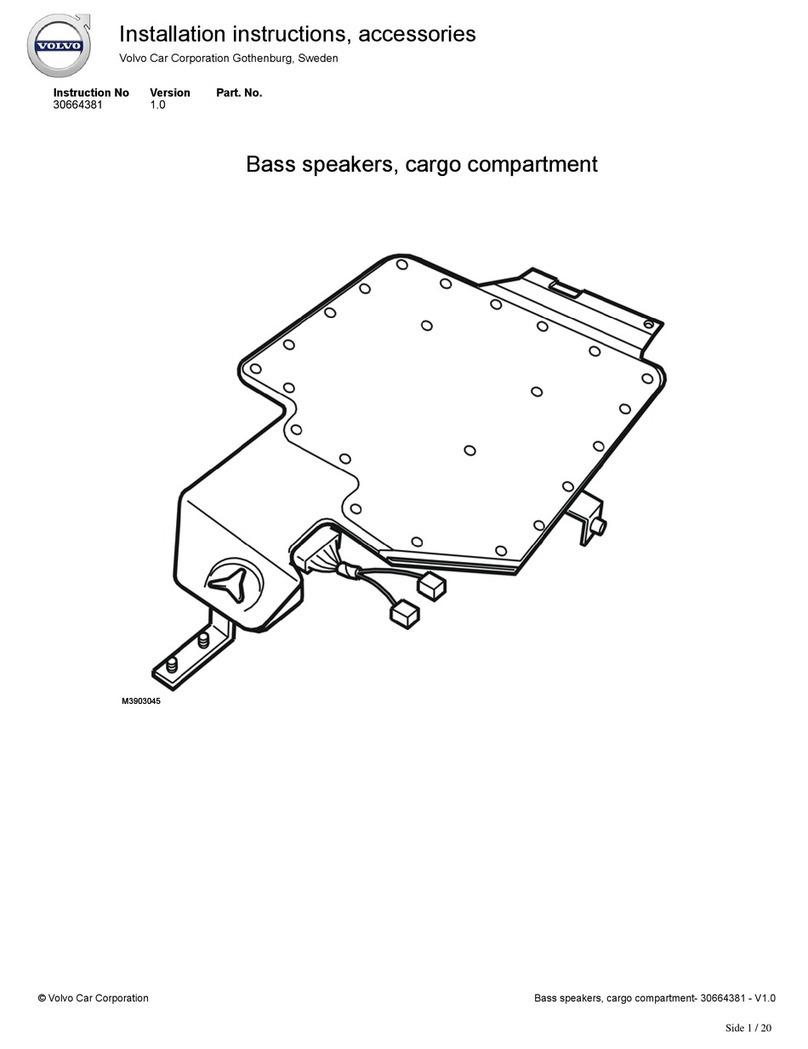
Volvo
Volvo 30664381 User manual
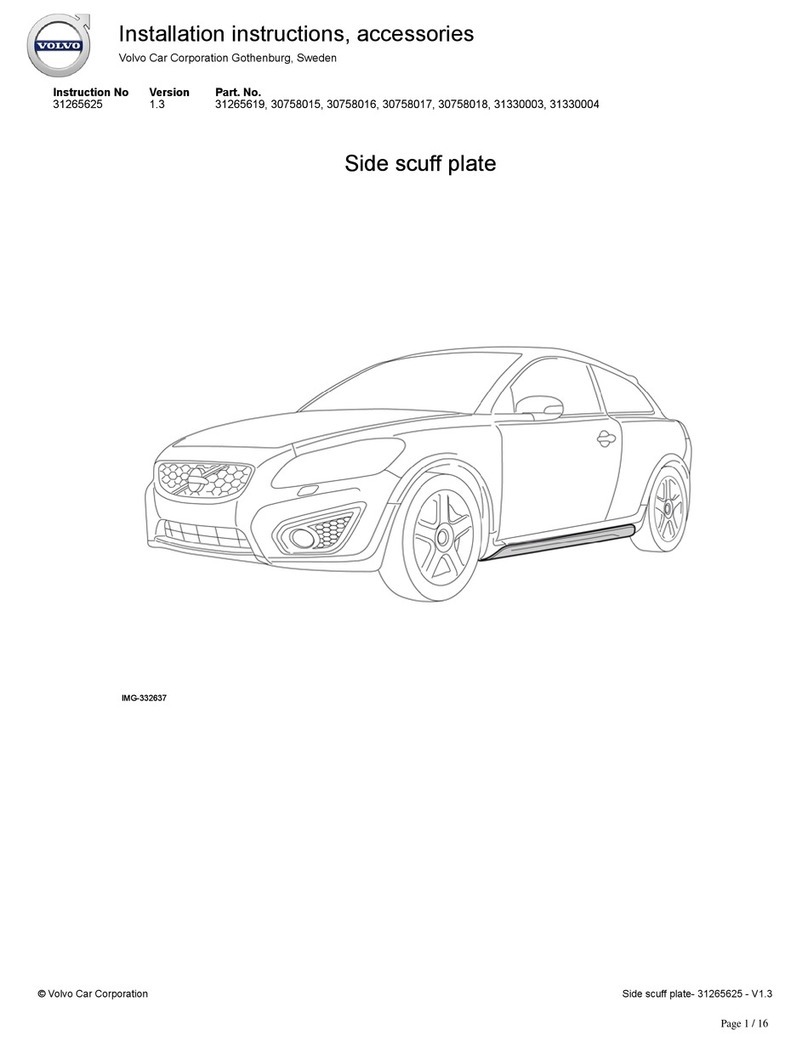
Volvo
Volvo 31265619 User manual

Volvo
Volvo 31269367 User manual
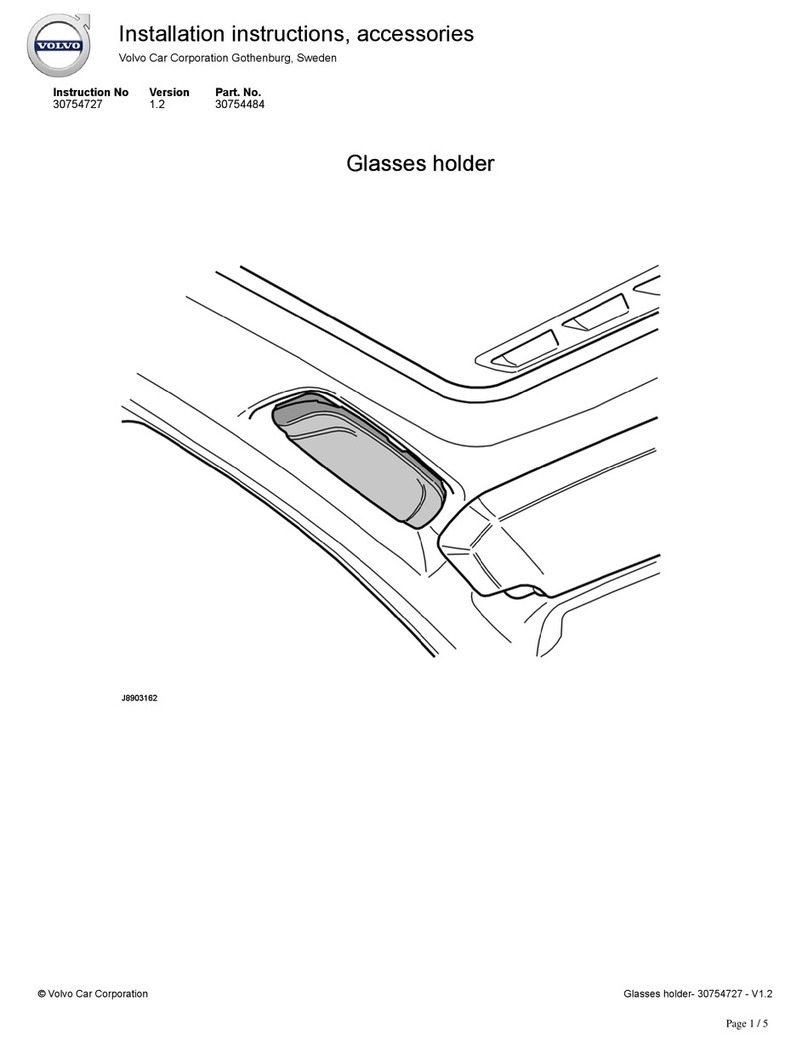
Volvo
Volvo 30754484 User manual

Volvo
Volvo 8670993 User manual
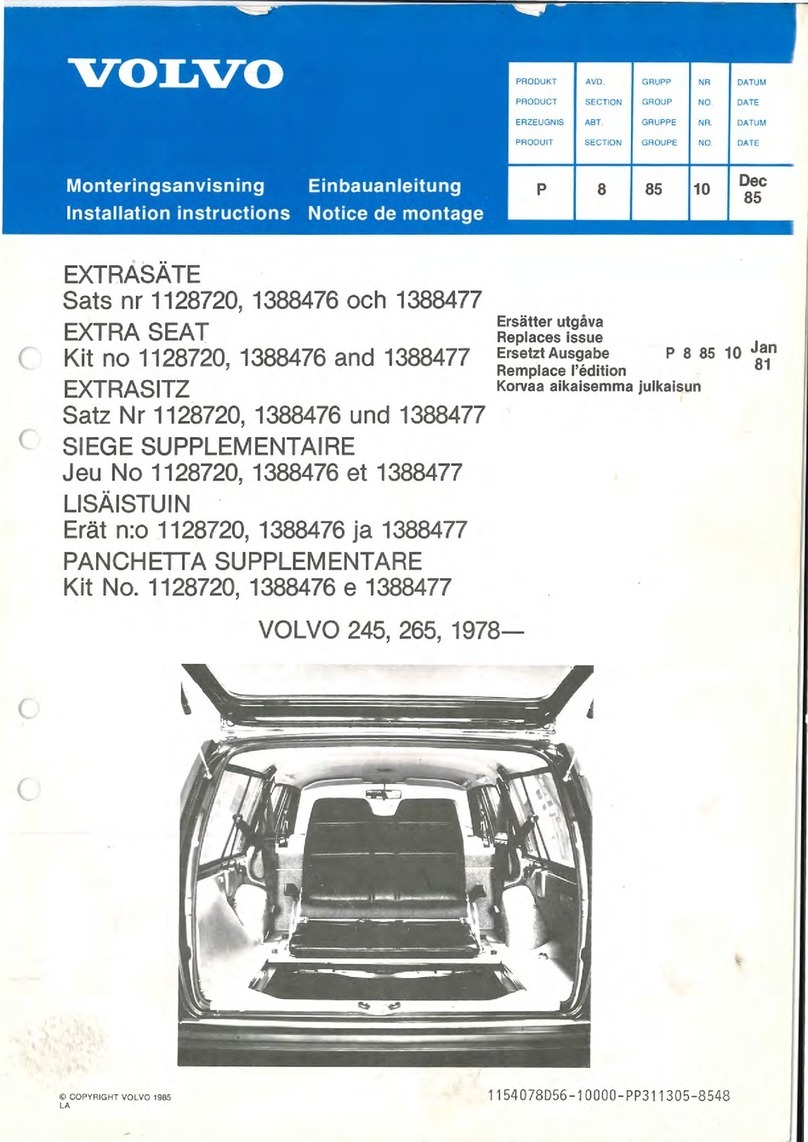
Volvo
Volvo 1128720 User manual
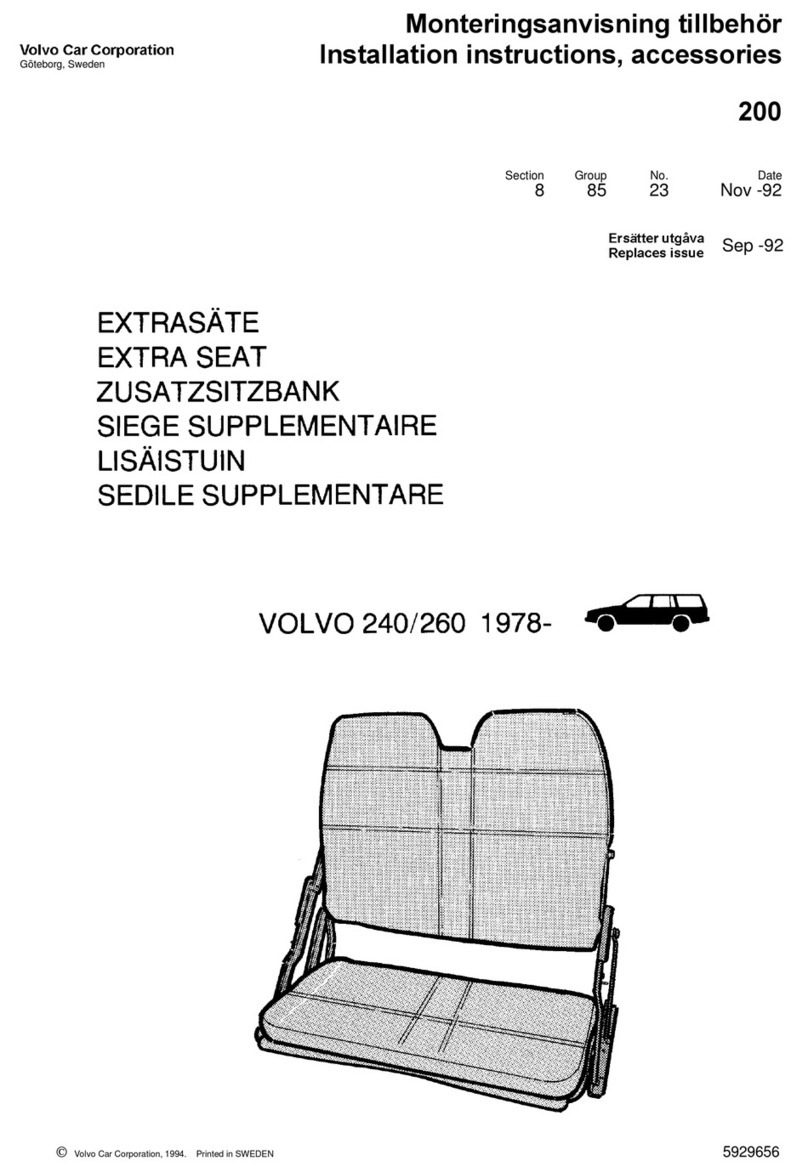
Volvo
Volvo 2000 User manual

Volvo
Volvo Alcoguard 30758207 User manual

Volvo
Volvo TRAVEL ACTIVE 500 User manual

Volvo
Volvo Autoplugin RCP-V2 User manual
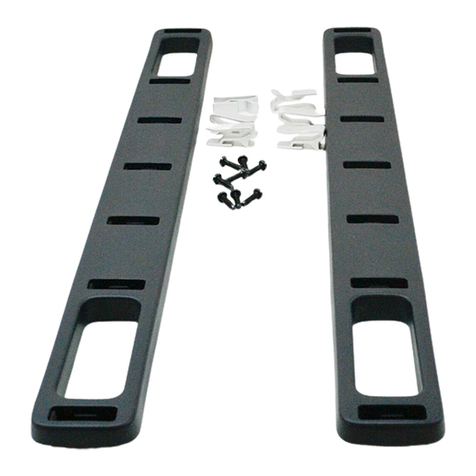
Volvo
Volvo 30721673 User manual

Volvo
Volvo 30661683 User manual

Volvo
Volvo 31285547 User manual

Volvo
Volvo TOW BAR-MOUNTED BICYCLE HOLDER User manual
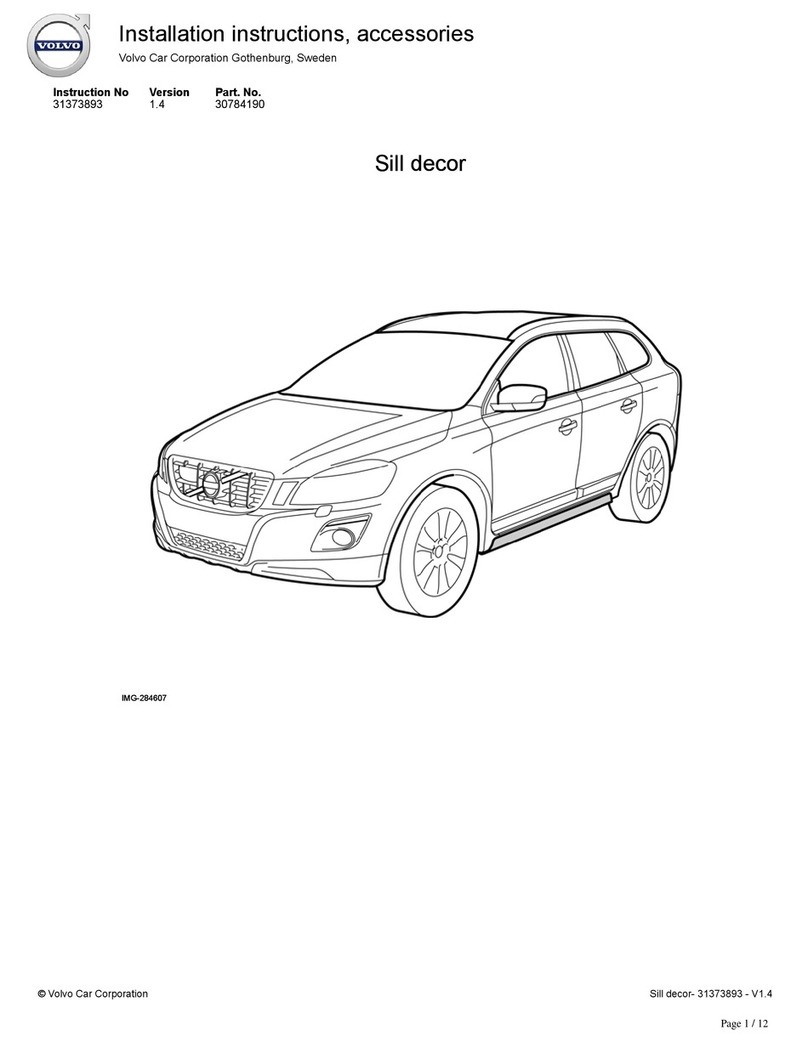
Volvo
Volvo 30784190 User manual

Volvo
Volvo 30775790 User manual

Volvo
Volvo SKI HOLDER User manual
Popular Automobile Accessories manuals by other brands

ULTIMATE SPEED
ULTIMATE SPEED 279746 Assembly and Safety Advice

SSV Works
SSV Works DF-F65 manual

ULTIMATE SPEED
ULTIMATE SPEED CARBON Assembly and Safety Advice

Witter
Witter F174 Fitting instructions

WeatherTech
WeatherTech No-Drill installation instructions

TAUBENREUTHER
TAUBENREUTHER 1-336050 Installation instruction
